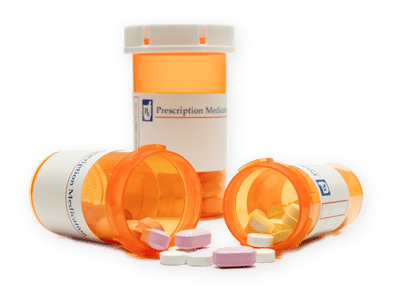The recent uproar surrounding the prices of EpiPens has attracted the attention of the media, lawmakers, and lawyers around the country. EpiPen prices have risen over 600 percent in the past several years, for no apparent reason other than to pad the pockets of Mylan Pharmaceuticals.
However, Mylan is not the only company that is raising prices on its drugs. A study from JAMA shows that many dermatologic drugs have experienced a similar increase in price.
The authors of the study tracked the prices of 19 brand-name dermatologic drugs from 2009 – 2015. During that time, the mean price of the drugs was 401 percent! 7 of the drugs more than quadrupled in price during the 6 year period.
The mean price increase was 401% during the 6-year survey period.Journal of the American Medical Association
The study concluded that “the vast majority of the price increases occurred after 2011,” and that the prices for frequently prescribed medications greatly outpaced other pricing factors such as inflation and healthcare provider reimbursements. It appears that much of the increase was intended to add to the bottom line of the drug companies.
Skyrocketing Drug Prices – An Alarming Trend
The trend is alarming. Pharmaceutical companies continue to raise prices and increase profits at the expense of the public. In 2015, Turing Pharmaceuticals made headlines because of its decision to raise the price of a 62 year-old antibiotic more than 5,000 percent. The drug, Daraprim, is used to treat a dangerous infection that is common in lower income areas, making the new cost of the drug a potential threat to public safety.
In response to the public outcry, Turing agreed to reduce the price by 50 percent.
The authors of the JAMA study write that many Americans are forced to pay out-of-pocket for drugs due to high deductibles on insurance policies as insurance companies cut back on the number of drugs they cover. In 2014, about one in five Americans did not fill a prescription because of the high cost.
In 2014, about one in five Americans did not fill a prescription because of the high cost.Journal of the American Medical Association
The development costs of some drugs may justify high prices, but when companies raise prices simply to increase their profit it has a ripple effect on the health system.

